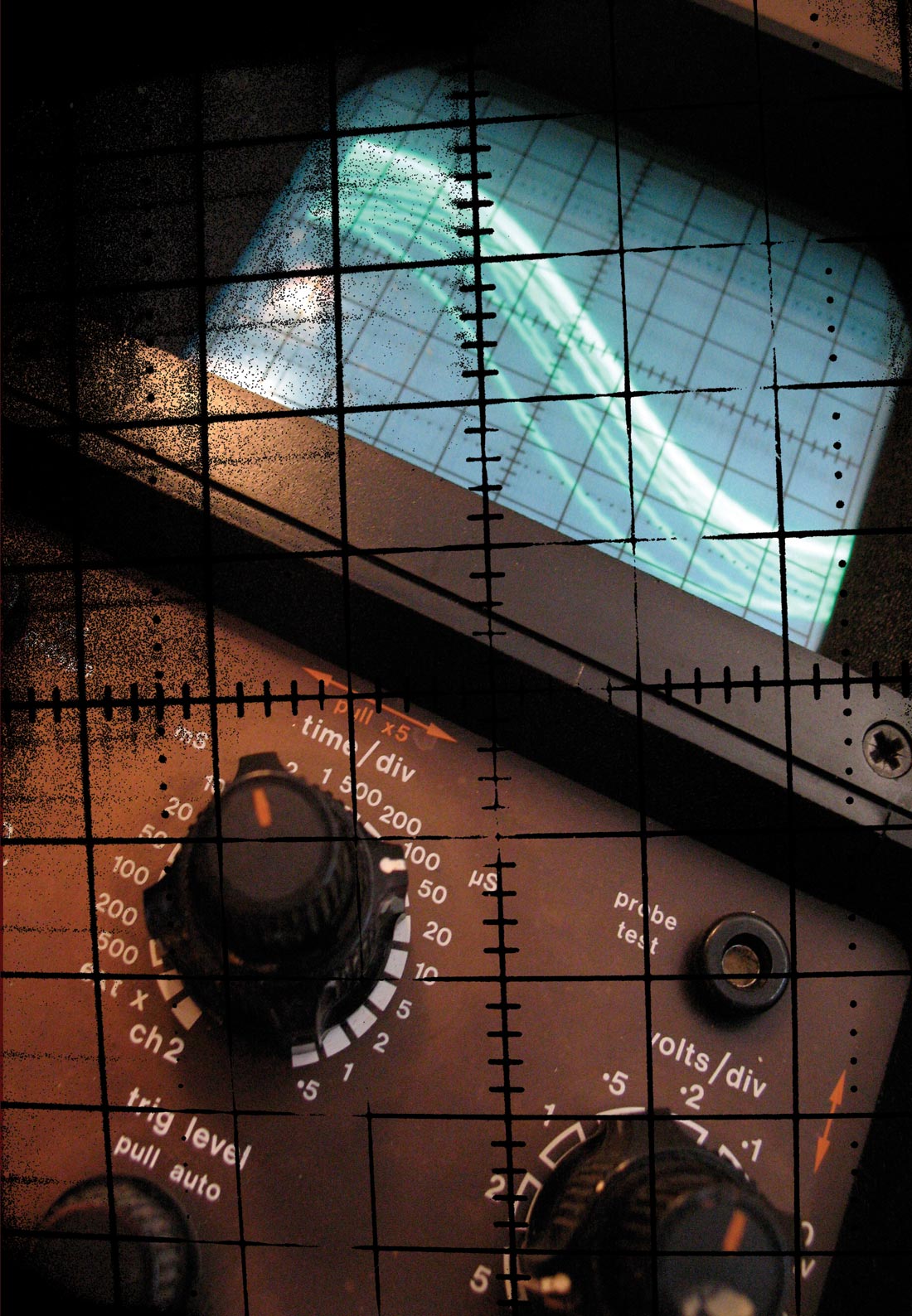Bass drums are a strange thing. They are big and can be unruly, or worse yet, tiny-sounding if packed with a bunch of crap. They have a lot of interior space that is reflective and rounded. And they play a really important part of most music made involving a drum set. Enter the KikBrik, a truly "build a better mouse trap" invention.
The KikBrik is a physical damper for the kick drum made from recycled materials and shaped roughly like a large brick that's had its edges beveled and its ends slanted. Its cross-section is about 6" x 6" square, and it comes in three standard lengths for drums that are 14", 16", and 18" deep. Custom lengths can also be ordered. I had a long talk with John Calder, the inventor of the KikBrik; not only is he a life-long drummer and studio owner, but he's also designed studios and electronics. It's clear that the KikBrik is a result of a lot of creative thinking as well as real acoustical principles. The multifaceted bevels on each end (which are shaped differently) allow you to place the KikBrik inside the drum and vary the location and pressure of the contact points on the heads. You can position the KikBrik so it's touching one head or the other; both heads; or touching neither (which still provides acoustic damping inside the shell).
I got to use the KikBrik in a number of situations with a few different drums. It spent the most time in my 22" Yamaha Maple Custom Absolute. The day it arrived, I put it inside and just played for a while, changing positions every few minutes. Some changes, like moving the contact point higher or lower, were more subtle, while the angled positions affecting one head were more obvious. What's nice is that it's simple to make changes-just reach in and move the KikBrik. The first recording session it saw was for a cover band (All You Can Eat) whose bass drum had a head with a muffling ring and a lot of pillows inside. It was dead and lifeless. We took out the pillows and put in the KikBrik, and the drum really opened up. I believe it ended up at an angle touching the resonant head just a bit. The band was a trio, so a little bloom in the bass drum was a good thing. I did a live in-room-rehearsal recording with one of my bands (The Redgraves) without a lot of prep. The KikBrik was in the 22" and touching both heads. The recording sounds great-plenty of thud with very sculpt-able attack. A really interesting instrumental bass and drums duo (Benelli) was in, and with them came a 16" x 26" Gretsch Catalina bass drum. We put the KikBrik in and tuned the drum, and it's one of the coolest bass drum tones I've ever recorded. Due to its size, the drum could have easily taken over the mix, and the attack was at a much lower frequency than most of what we hear in the rock arena. The KikBrik kept the drum from getting away from me and made sure that the attack didn't get lost. The resultant sound took well to EQ and compression and was never a fight like the recordings of big drums tend to be.
I'm playing in two bands right now: one on drums (Wiplot), the other on bass (The Redgraves). I've been able to use the KikBrik from both sides of the glass and both sides of the drum. It's a super-useful, easy to use, and well-made product. I think it's a bargain, and I know I'll be using mine for many years to come. ($49 for standard size, $58 for custom; www.kikbrik.com)
Tape Op is a bi-monthly magazine devoted to the art of record making.




_disp_horizontal_bw.jpg)